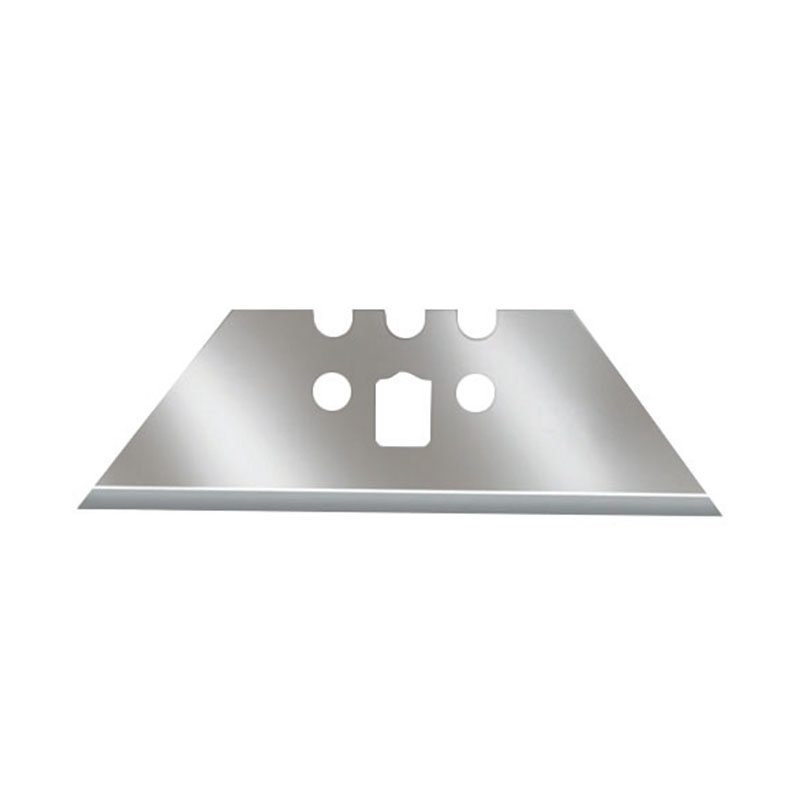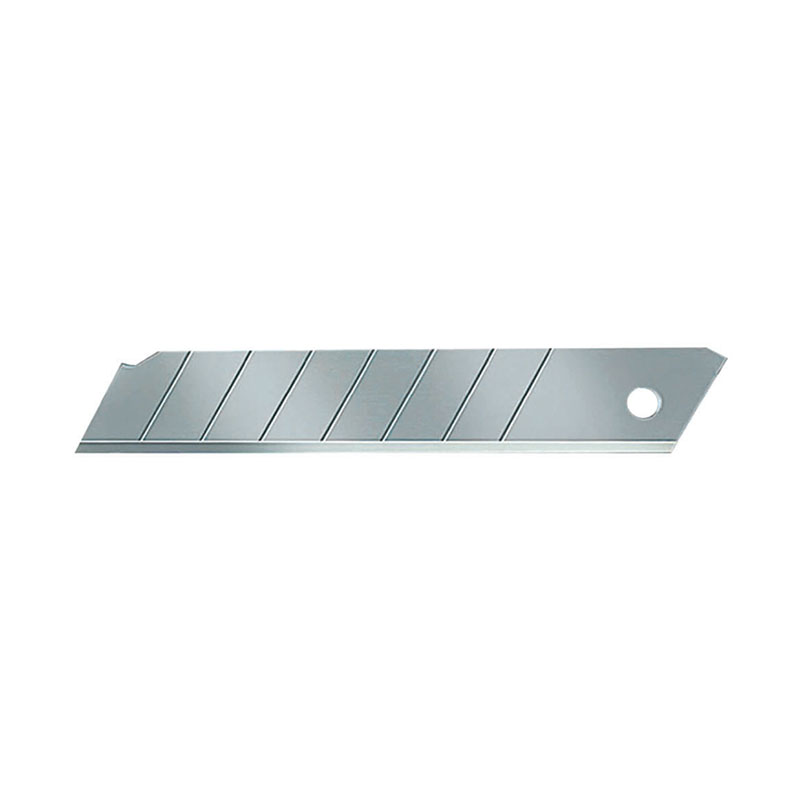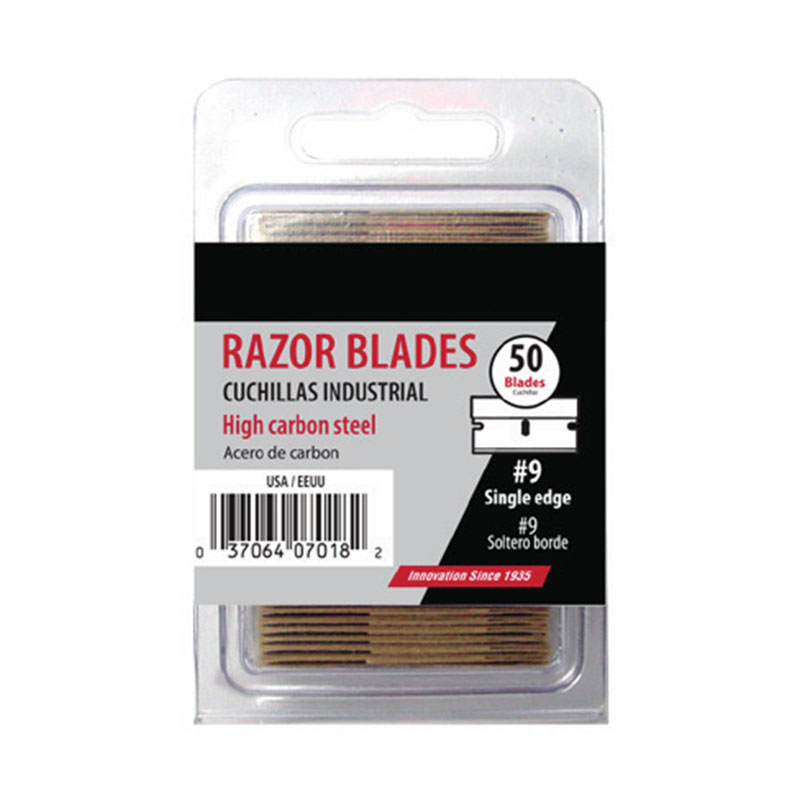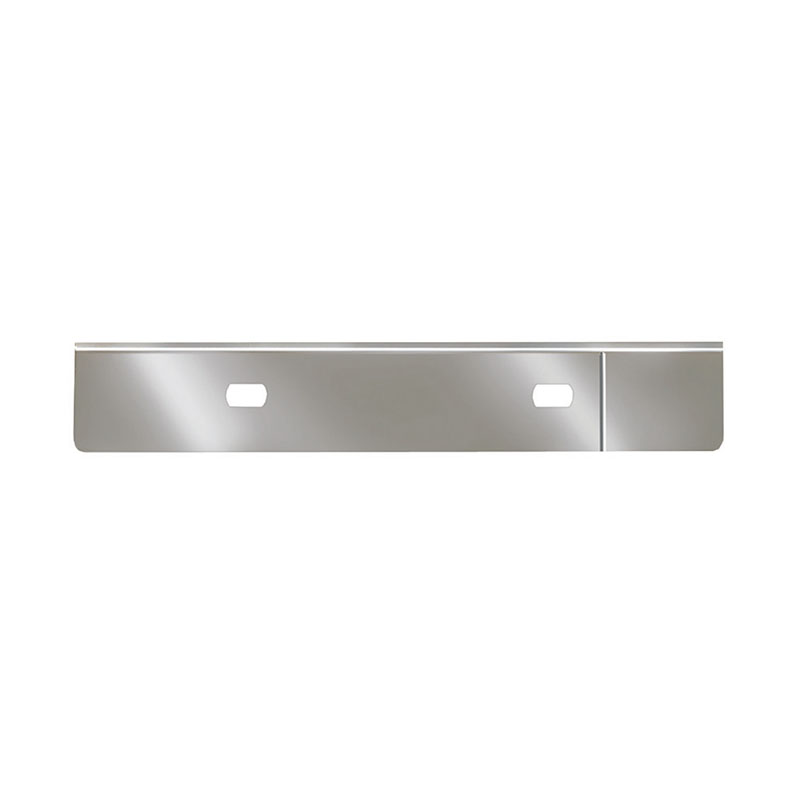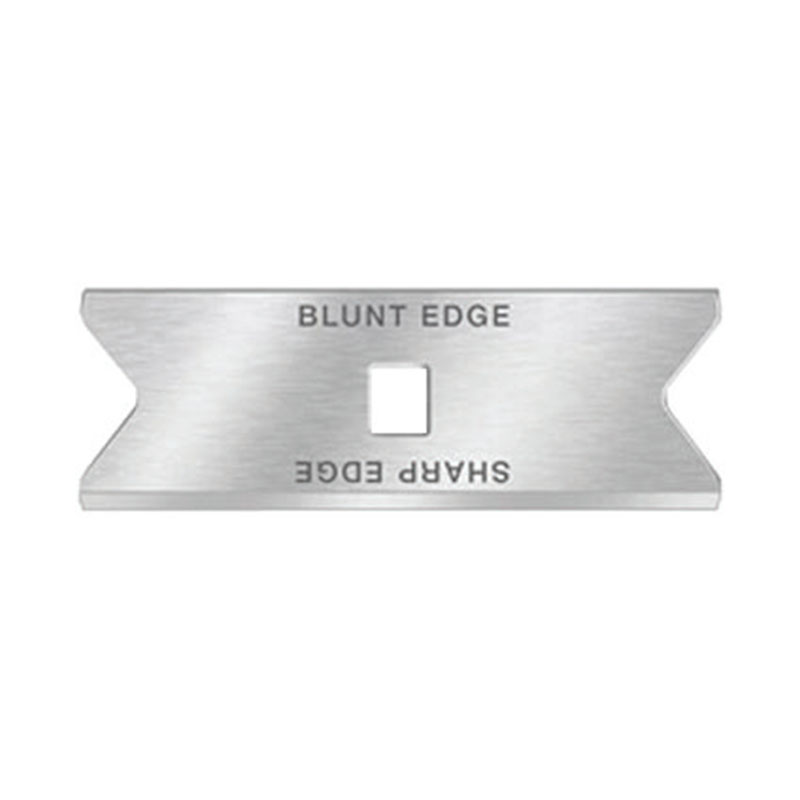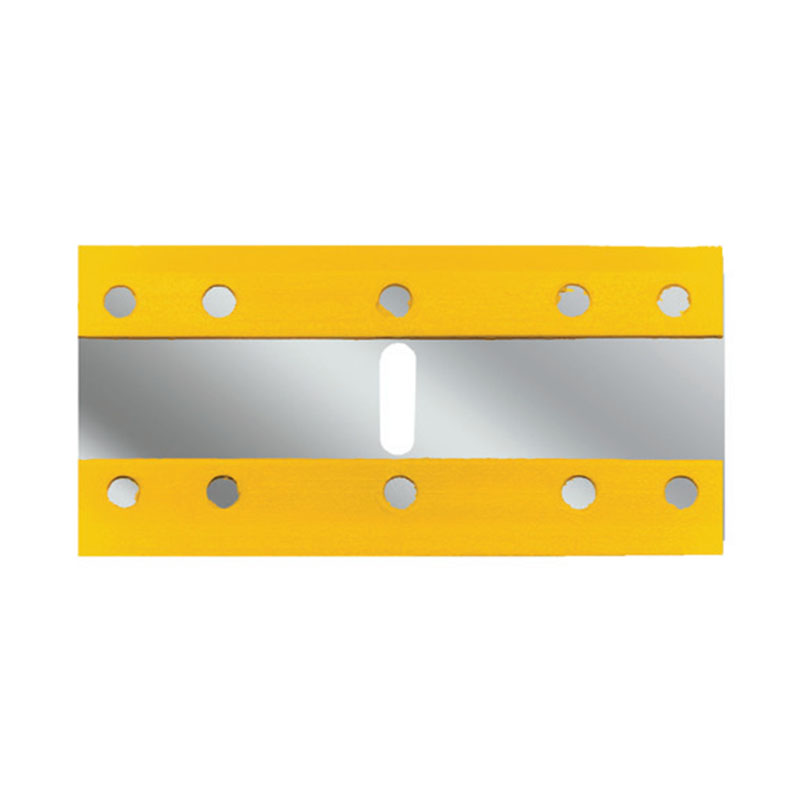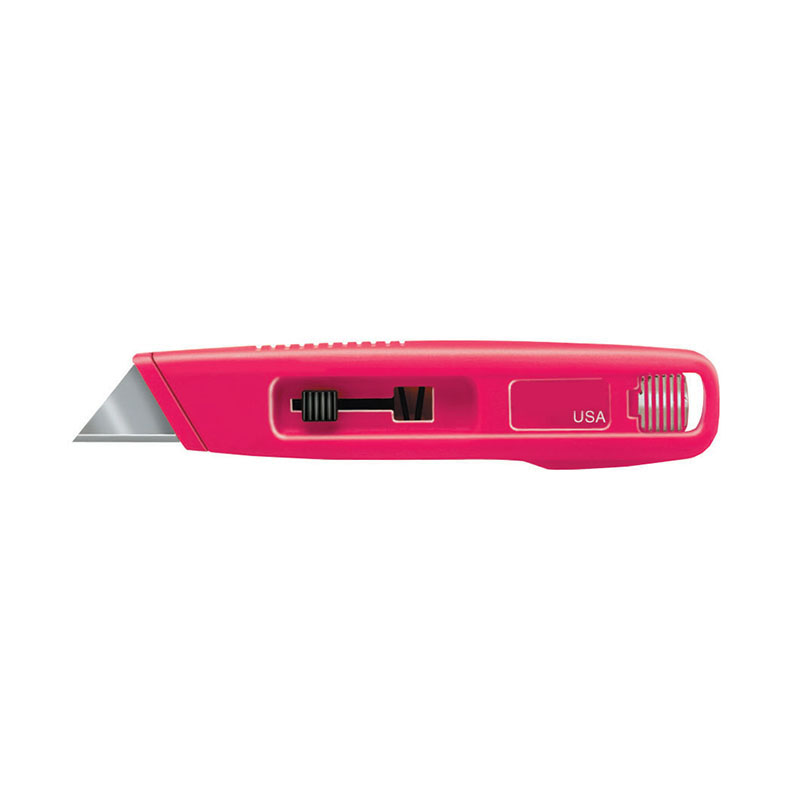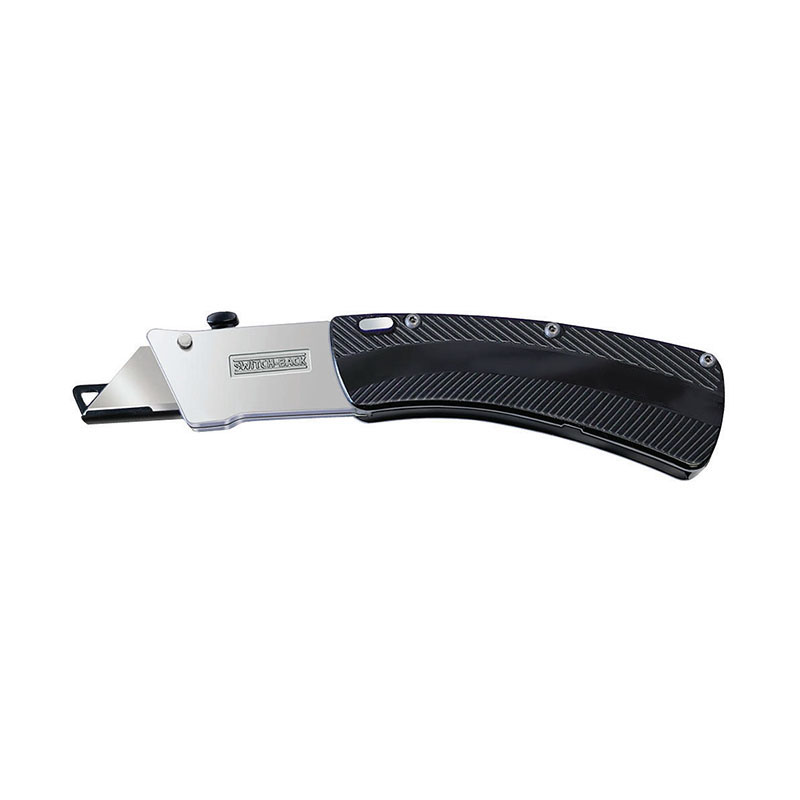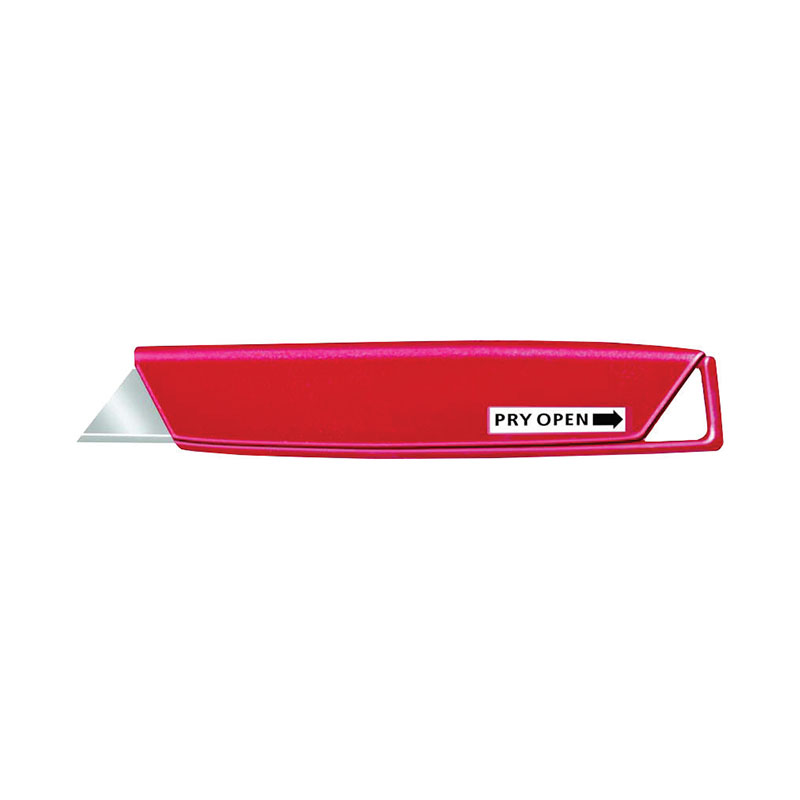- Home
- About
- Products
- Steel Wire Brush With Wooden Handle
- Brass Brush
- Steel Wire Brush With Plastic Handle
- Painting Tools
- Floor Brush And Scrubber Brush
- Painting Brush
- Patented Products
- Industrial Gloves
- Architectural Paint Brush Tool
- Knives & Blades
- Scrapers & Blades
- Putty & Joint Knives
- Taping Knives
- Drywall Repair
- Wallpaper / Flooring / Masonry
- Industrial Brushes
- Paint Accessories
- Other Hardware Tools
- Service
- Blogs
- Contact
Web Menu
- Home
- About
- Products
- Steel Wire Brush With Wooden Handle
- Brass Brush
- Steel Wire Brush With Plastic Handle
- Painting Tools
- Floor Brush And Scrubber Brush
- Painting Brush
- Patented Products
- Industrial Gloves
- Architectural Paint Brush Tool
- Knives & Blades
- Scrapers & Blades
- Putty & Joint Knives
- Taping Knives
- Drywall Repair
- Wallpaper / Flooring / Masonry
- Industrial Brushes
- Paint Accessories
- Other Hardware Tools
- Service
- Blogs
- Contact
Product Search
Exit Menu
Removing Paint and Residue with a Heavy Duty Scraper
A heavy duty flexible metal paint scraper is a widely used hand tool designed for surface preparation, paint removal, and maintenance tasks. Its construction and functionality make it suitable for both professional and residential use, especially in jobs that involve removing old coatings, adhesives, or residue from various surfaces such as wood, metal, and concrete.
This type of scraper typically features a sturdy, flat blade made from flexible metal, such as stainless steel or carbon steel, combined with a comfortable handle. The blade’s flexibility allows it to conform slightly to the surface being worked on, providing better contact and control when scraping materials away.
The handle is often ergonomically shaped for a firm grip, and in many cases includes a non-slip surface to improve handling, even when working with gloves or in damp conditions. Some versions may have a hammer-end handle for tapping the scraper blade into tough spots.
The heavy duty flexible metal paint scraper serves various roles in surface preparation and renovation tasks. Common applications include:
The tool is frequently used to remove peeling, chipped, or flaking paint from walls, woodwork, and metal surfaces. The flexible blade makes it easier to follow surface contours without digging into the base material.
It is also useful for scraping off stickers, glue, dried adhesive, or tape residue from surfaces without causing damage when handled properly.
The scraper can help in leveling small areas where uneven layers of material exist, such as putty or dried filler. It helps prepare the surface for repainting, refinishing, or bonding.
On metal surfaces, a flexible scraper assists in clearing away surface rust or built-up grime as part of routine maintenance or restoration.
The flexibility of the metal blade offers several advantages over rigid alternatives. It allows smoother gliding over surfaces, reduces the risk of gouging softer materials, and enhances control in detailed or curved areas. This makes it a suitable tool for finishing work, where precision is important.
Additionally, the blade can often be sharpened or replaced if worn out, extending the tool’s usability over time.
The blade material is a critical factor in tool performance. Stainless steel blades are generally more resistant to corrosion, making them suitable for damp or outdoor environments. Carbon steel blades, while harder, may require more maintenance to avoid rust.
The handle should be securely attached to the blade and constructed from materials like plastic, rubber, or wood, depending on user preference and working conditions.
When using a heavy duty flexible scraper, the blade should be pressed firmly but not forcefully against the surface. Angling the blade properly helps to lift paint or debris without scratching or damaging the underlying material.
Users are advised to wear gloves and eye protection, especially when scraping old paint that may generate dust or fragments. After use, the blade should be cleaned and dried to prevent rust and wear.
A heavy duty flexible metal paint scraper is a valuable addition to any toolkit for tasks involving paint removal, cleaning, and surface preparation. Its flexible blade, durable construction, and wide range of applications make it a practical tool for both maintenance and renovation work. With proper use and care, it contributes to efficient and effective results on a variety of surfaces.
-
 +86-13906791151
+86-13906791151
-
 sales@sanjiantools.com
sales@sanjiantools.com
-
 No.1 Xinggong Road, Huangzhai Town, Pujiang County, Zhejiang Province, China
No.1 Xinggong Road, Huangzhai Town, Pujiang County, Zhejiang Province, China


Client
Copyright © Zhejiang Pujiang Sanjian Tools Co., Ltd. All Rights  浙公网安备33072602100309号
Reserved.
浙公网安备33072602100309号
Reserved.

Construction Paint Tools Factory
 sales@sanjiantools.com
sales@sanjiantools.com 

 中文简体
中文简体 Deutsch
Deutsch Español
Español